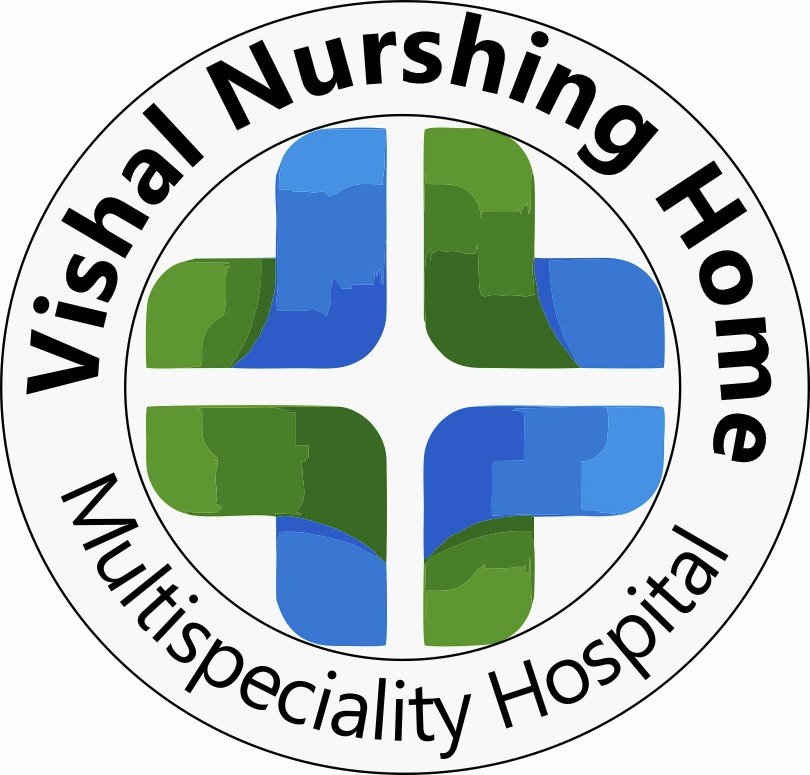Neurosurgery is a branch of surgery that deals with the diagnosis, treatment, and rehabilitation of disorders affecting the nervous system, which includes the brain, spinal cord, peripheral nerves, and supporting structures. Neurosurgeons treat a wide range of conditions, from traumatic injuries to chronic diseases and congenital disorders. Treatment in neurosurgery can involve surgery, minimally invasive techniques, medication, and rehabilitation. Here are some common conditions treated by neurosurgeons and their associated treatments:

1. Brain Tumors
Treatment Options:
- Surgical Removal: The primary treatment for many types of brain tumors, where the tumor is surgically removed. Techniques like craniotomy are used to access the tumor.
- Radiation Therapy: Used after surgery to shrink any remaining tumor cells or for tumors that are inoperable.
- Chemotherapy: For certain types of brain tumors, especially aggressive or metastatic tumors.
- Targeted Therapy: Specialized drugs that target specific genetic mutations in the tumor cells.
2. Spinal Tumors
Treatment Options:
- Surgical Resection: Removal of the tumor from the spine, either via an open surgery or minimally invasive techniques, depending on tumor location and size.
- Radiation: To shrink or eliminate tumor cells that cannot be surgically removed.
- Chemotherapy: For certain spinal cancers, especially those that metastasize from other parts of the body.
3. Brain Aneurysm
Treatment Options:
- Surgical Clipping: The traditional approach to treat brain aneurysms, where a neurosurgeon places a small clip at the base of the aneurysm to prevent it from rupturing.
- Endovascular Coiling: A less invasive procedure where a catheter is inserted through the blood vessels to place coils inside the aneurysm, causing it to clot and seal off.
- Flow Diverters: In some cases, special stents are used to redirect blood flow away from the aneurysm, reducing the risk of rupture.
4. Hydrocephalus
Treatment Options:
- Shunt Insertion: A surgical procedure where a shunt (a flexible tube) is inserted to drain excess cerebrospinal fluid (CSF) from the brain to another part of the body (e.g., the abdomen) where it can be absorbed.
- Endoscopic Third Ventriculostomy (ETV): A minimally invasive procedure where an opening is made in the floor of the third ventricle to allow fluid to bypass the blockage and flow freely.
5. Traumatic Brain Injury (TBI)
Treatment Options:
- Craniotomy: If there is swelling or bleeding in the brain, a portion of the skull may be temporarily removed to relieve pressure.
- Decompressive Craniectomy: In cases of severe brain swelling, part of the skull may be removed to give the brain room to expand.
- Monitoring and Supportive Care: Intense monitoring and care in the ICU (e.g., controlling intracranial pressure, managing fluid balance).
- Rehabilitation: After stabilization, physical, occupational, and cognitive therapies are often necessary.
6. Spinal Cord Injuries
Treatment Options:
- Surgical Decompression: Removal of bone, disc material, or other obstructions pressing on the spinal cord.
- Spinal Fusion: Stabilization of the spine with rods and screws after the removal of a damaged vertebra.
- Rehabilitation: Extensive physical and occupational therapy to maximize recovery and function.
- Neurostimulation: Techniques such as spinal cord stimulation may help alleviate pain or improve function in some patients.
7. Degenerative Spine Diseases
Conditions Include: Herniated discs, spondylosis, spinal stenosis, and degenerative disc disease.
Treatment Options:
- Minimally Invasive Spine Surgery: Techniques such as microdiscectomy or minimally invasive lumbar fusion to relieve pressure on the spinal cord or nerves.
- Laminectomy: Removal of part of the vertebra (lamina) to relieve pressure from a pinched nerve.
- Spinal Fusion: If there is significant instability or degeneration, fusing two or more vertebrae together may help stabilize the spine.
- Artificial Disc Replacement: In some cases, damaged discs may be replaced with an artificial one to preserve spinal mobility.
8. Nerve Compression Disorders
Conditions Include: Carpal tunnel syndrome, sciatica, thoracic outlet syndrome, and cervical radiculopathy.
Treatment Options:
- Nerve Decompression Surgery: Removal of tissue (e.g., a herniated disc, bone spurs, or ligaments) pressing on the nerve.
- Endoscopic Surgery: A minimally invasive technique for conditions like carpal tunnel syndrome, where a small incision is made, and a camera is used to guide the surgeon.
- Spinal Fusion or Stabilization: For conditions like cervical radiculopathy where there is spinal instability or a ruptured disc causing nerve compression.
9. Movement Disorders
Conditions Include: Parkinson’s disease, essential tremor, and dystonia.
Treatment Options:
- Deep Brain Stimulation (DBS): A surgical procedure where electrodes are implanted in specific areas of the brain to regulate abnormal brain activity. It is particularly effective for Parkinson’s disease and essential tremor.
- Medication Management: While medications are the first-line treatment for movement disorders, surgery (e.g., DBS) is considered when medications are no longer effective.
10. Epilepsy and Seizure Disorders
Treatment Options:
- Resection Surgery: Removal of the brain tissue causing the seizures, typically after other treatments have failed.
- Responsive Neurostimulation (RNS): A device is implanted to monitor brain activity and deliver electrical stimulation to prevent seizures.
- Vagus Nerve Stimulation (VNS): A device implanted under the skin to deliver electrical impulses to the brain to reduce seizure frequency.
11. Chiari Malformation
Treatment Options:
- Posterior Fossa Decompression: A surgical procedure that removes part of the skull or the top of the spine to relieve pressure on the brain and spinal cord.
- Spinal Cord Lengthening: If the spinal cord is tethered, this may involve lengthening the spinal cord or removing adhesions that cause it to be restricted.
12. Trigeminal Neuralgia
Treatment Options:
- Microvascular Decompression (MVD): A surgical procedure where the neurosurgeon moves or removes blood vessels that are pressing on the trigeminal nerve, which causes the pain.
- Gamma Knife Radiosurgery: Non-invasive radiation treatment targeting the nerve to relieve pain.
- Percutaneous Procedures: Methods such as balloon compression, glycerol injection, or radiofrequency ablation to damage the nerve and reduce pain signals.
13. Skull and Spinal Infections
Conditions Include: Meningitis, brain abscess, spinal osteomyelitis.
Treatment Options:
- Antibiotic Therapy: High-dose intravenous antibiotics for bacterial infections.
- Surgical Drainage: Removal of pus or infected tissue, especially in brain abscesses or spinal infections.
- Decompression Surgery: For infections causing pressure on the spinal cord or brain, to relieve the buildup of pus or infected fluid.
14. Carotid Artery Disease / Stroke
Treatment Options:
- Carotid Endarterectomy: Surgical removal of plaque from the carotid artery to prevent stroke.
- Carotid Artery Stenting: Inserting a stent to open up a narrowed carotid artery, typically in patients who are not candidates for endarterectomy.
15. Peripheral Nerve Disorders
Conditions Include: Peripheral neuropathy, nerve injuries.
Treatment Options:
- Nerve Repair or Grafting: For nerve injuries, the damaged nerve may be repaired or grafted with a healthy nerve segment.
- Neurostimulation: In some cases, electrical stimulation is used to treat nerve pain and encourage healing.
Minimally Invasive Neurosurgical Techniques
Neurosurgeons increasingly use minimally invasive techniques for a variety of conditions, including:
- Endoscopy: Small cameras and instruments inserted through small incisions for diagnosing and treating conditions like brain tumors, spinal issues, and hydrocephalus.
- Robotic-Assisted Surgery: Robotic systems help neurosurgeons perform precise surgeries with smaller incisions and quicker recovery times.
- Microsurgery: Highly specialized tools and microscopes are used for delicate procedures, particularly in brain or spinal surgeries
